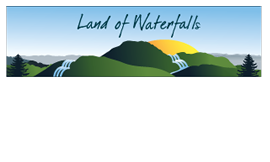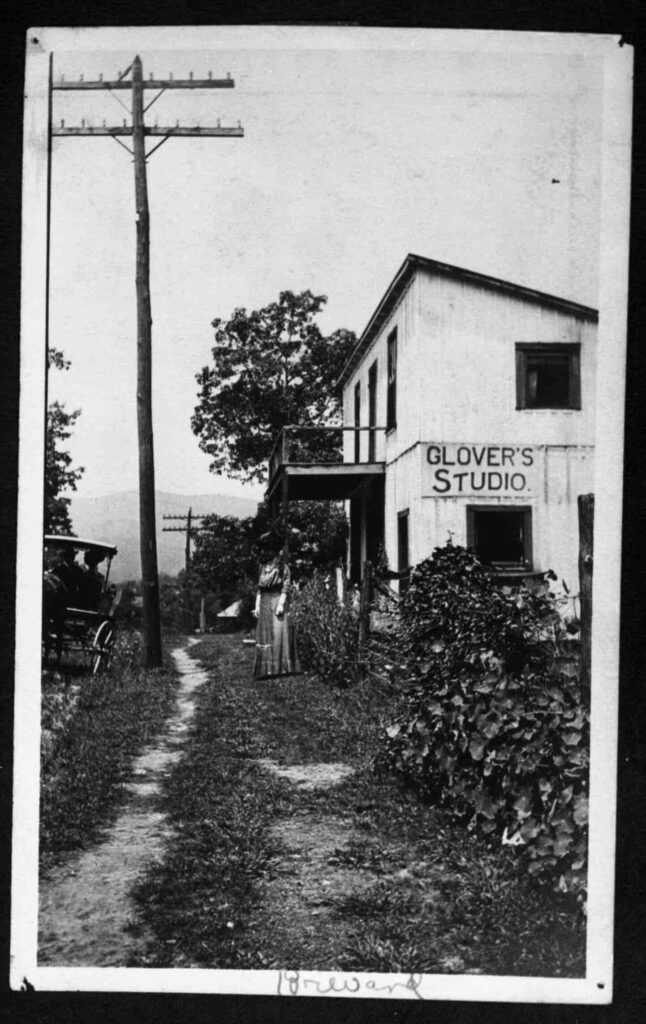
Edward “Hiram” Glover (1856-1941) was a photographer who had a studio in Brevard for many years on Jordan Street. Hiram was born in Washtenaw County, Michigan in 1856. His family moved to Apopka, Florida sometime between 1880 and 1885, and his long-time friend Henry Scadin visited him there in 1892 according to historic letters. Scadin was also a photographer from Washtenaw County, Michigan. Although their ages differed by five years, the two were friends and colleagues, taking trips together to photograph the western North Carolina scenery and culture.
Glover’s visits to Sapphire, NC inspired him to purchase property there that included an orchard, which he and his family farmed while in the mountains during the summer, though they continued to winter in Florida. It was described as a “fruit farm” in Montvale.
The family lived in residential rooms above their photography studio on Jordan Street at approximately the location of Star-Fangled Press currently but not the same building. It was known simply as “Glover’s Studio” and operated in the early 1900s from at least 1903 to 1913, based on newspaper advertisements.
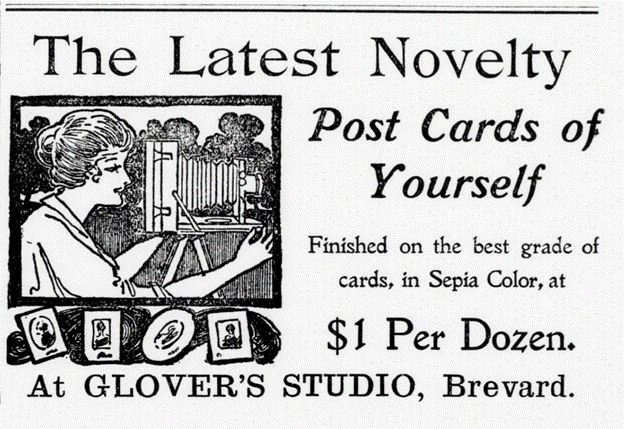
Amateur photography was on the rise after the introduction of the Kodak #1 camera in 1888. Part of Kodak founder George Eastman’s business strategy was to allow the non-expert photographer to take photographs and then mail them to the company for development and processing. Glover seems to have been capitalizing on the photographic trend by also providing photo development services and equipment rental.
Hiram Glover advertised in the local newspaper, the Sylvan Valley News, that he would take studio portraits as well as develop photographs that customers had taken. They could use their own camera if they owned one, or he would also rent cameras and then develop the photographs.
One advertisement encouraged patrons to make their own postcard – a novel trend in the 1910s where a photograph was printed onto a postcard-backed cardstock. These real photo postcards allowed amateurs to capture their travels, and for more rural areas to document their history.
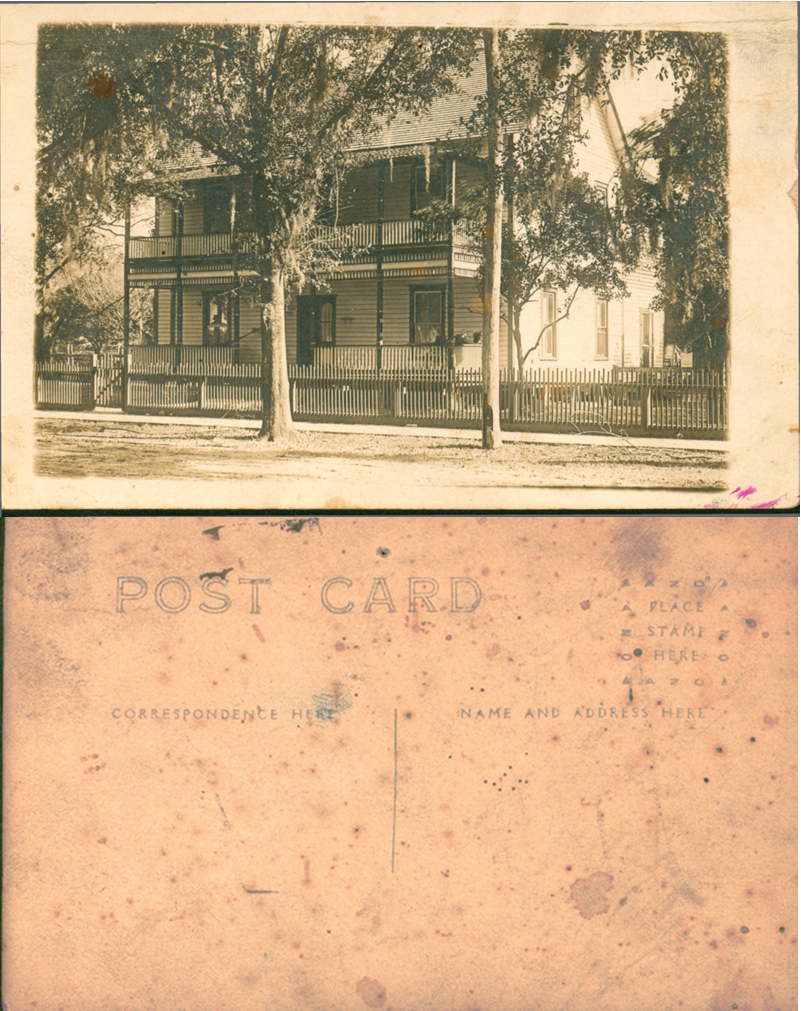
Real photo postcards were an innovation created by the Kodak photography company. In 1903 they introduced their #3A folding pocket Kodak camera, which was made specifically for creating these types of mementos. For the #3A camera, the process was different from other cameras in that would create a single shot negative that was exactly as large as the postcard backing that it would be printed on. It was a photo print that could be mailed.
Kodak took it a step further in 1907 when they introduced a service that allowed amateur photographers to mail their undeveloped film to Kodak for creation into items such as real photo postcards. This coincided with new postal regulations that allowed writing on one half of the back of postcards. Prior to this, only the front was permitted to have an image or writing, with only the mailing information on the back. Both the new service and new regulation meant a surge in the popularity of these real photo postcards. Their popularity lasted into the 1930s when new color printing techniques took center stage instead.
An example of one such real photo postcard is included here. Because this technology was created by the Kodak company, there are distinct brand markings that can help indicate when such real photo postcards were created. Collectors of these type of vintage postcards are attuned to these and other indicators of creation date.
The example provided here is from 1904-1918 based on the stamp box’s appearance. The “AZO” letters that line the perimeter of the stamp box are a photo paper name brand. They have upright triangles in each corner –a distinctive marking for the span of years when published. Because the back is divided to indicate “correspondence here” and “address here”, we can also deduce that it was printed after the postal regulation changed in 1907. Although it cannot be confirmed, this very well may be a photo postcard created by Hiram Glover during the time Glover’s Studio was in operation.
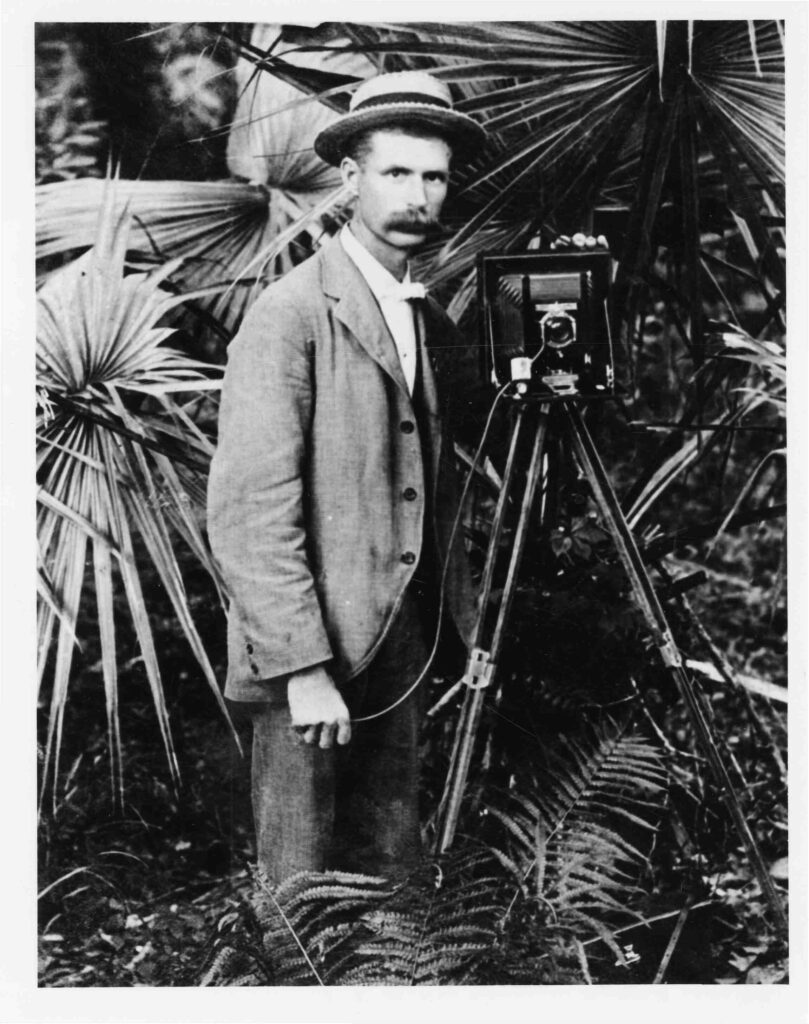
The Glovers seem to have stopped operating Glover’s Studio in 1914. A news article at the time indicates that the building was finding a new purpose as the framework for a pebbledash building that was being constructed. Hiram passed away in Florida in 1941 and was buried with family in Michigan. His time in Transylvania County is yet another story of the people who have been a part of Transylvania County.
Photographs and information for this column are provided by the Rowell Bosse North Carolina Room, Transylvania County Library. This article was written by Local History Librarian Laura Sperry. Sources available upon request. For more information, comments, or suggestions, contact NC Room staff at [email protected] or 828-884-1820.


